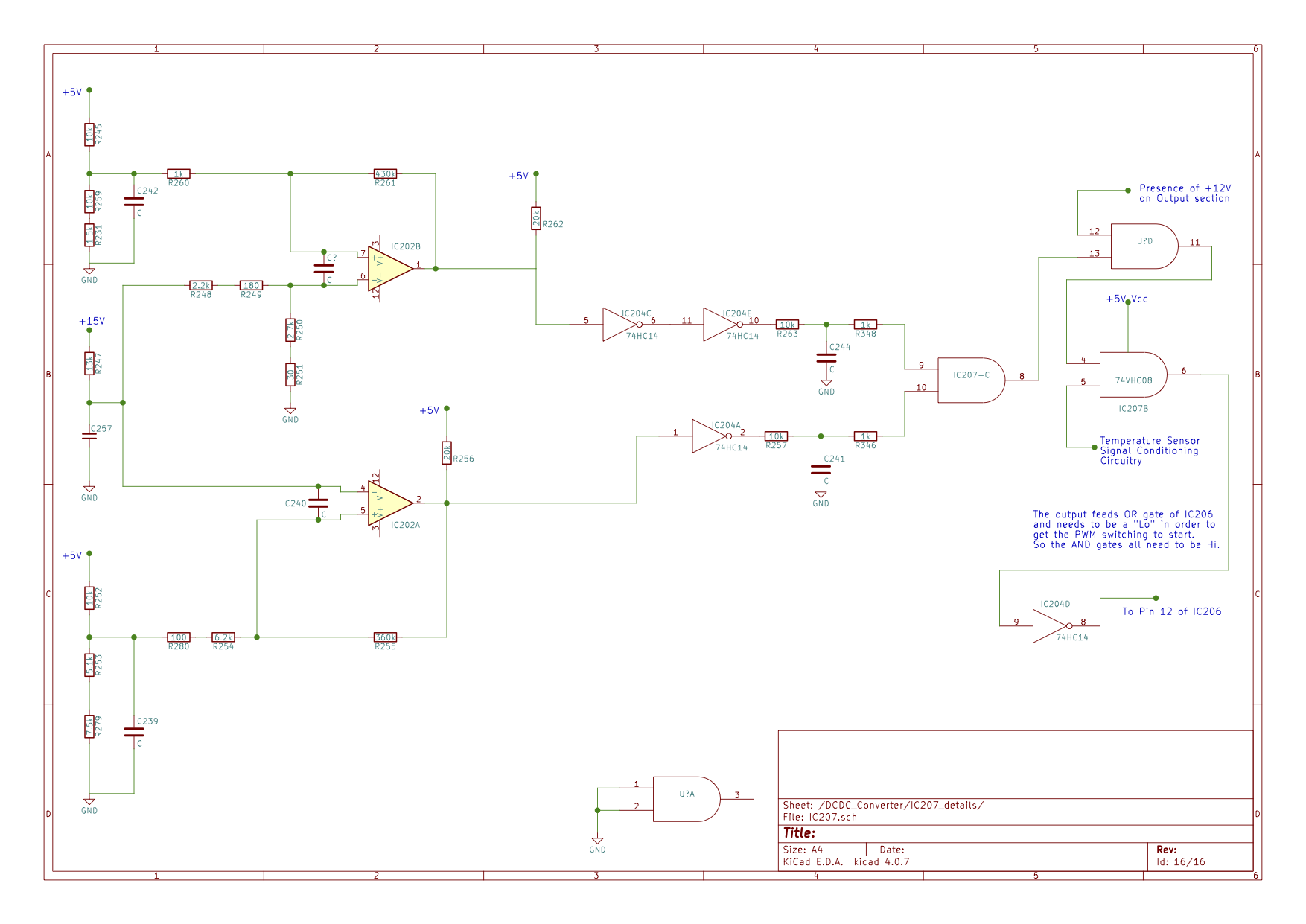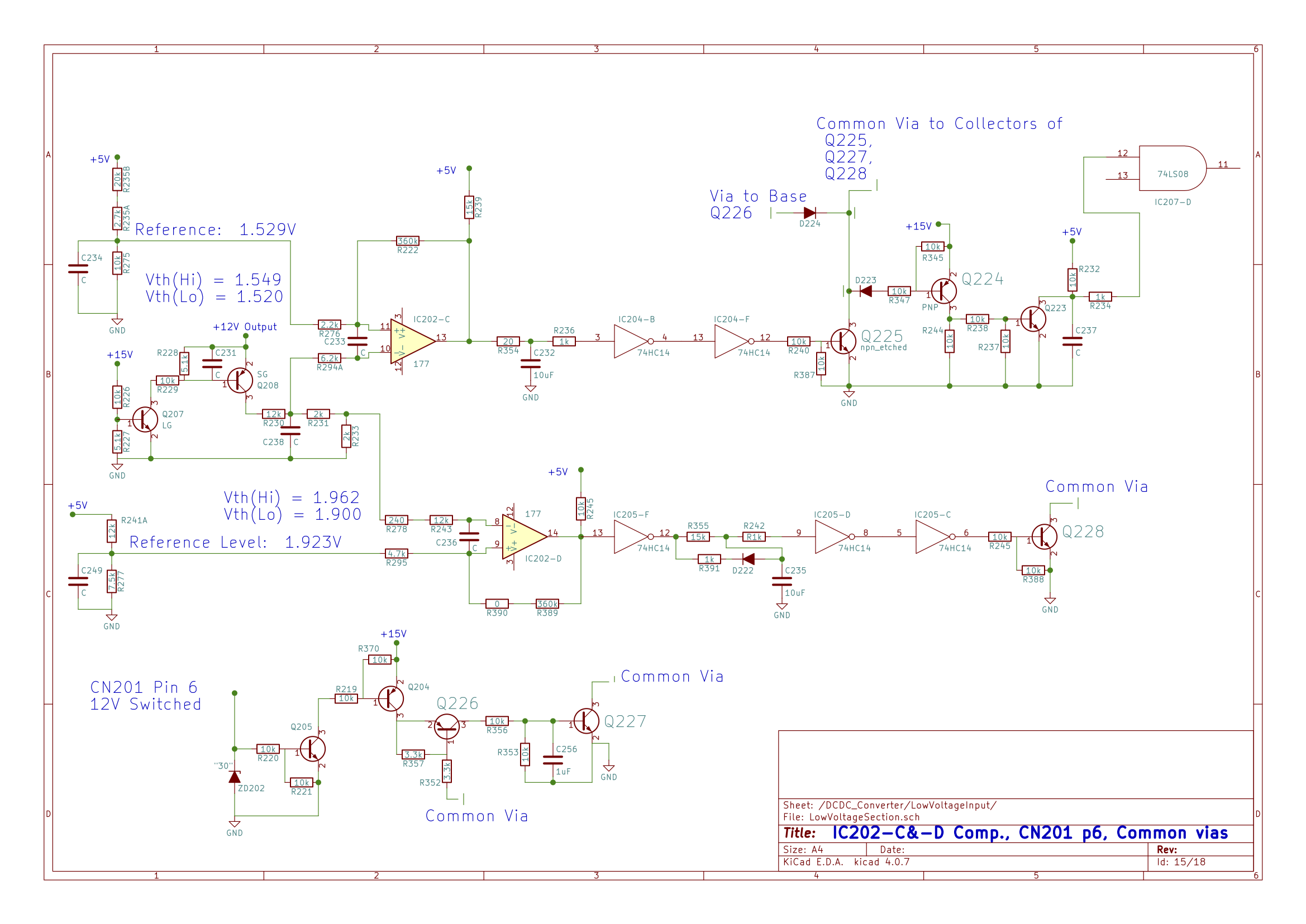eldenh said:... I mounted the board with the 4 screws that have metal pads assuming them to be important, but have omitted #s 4, 6, 7 expecting to have to remove the board to replace whatever had failed.
Trying to troubleshoot from your pencil sketches has been rather difficult because my eyes have trouble distinguishing the pencil lines from a grayish background. I choose to build a spreadsheet to help me find where I can try to probe with the board mounted. In doing so I found that Q219 is listed as "KN" and "G16". I can't make out the label in the underside photo, so don't know which is right.
That's excellent to recognize those screw pads; was there a good solid connection to the 12V negative, not just thru the little ground wire on pin 5 of CN201?
Good catch on the list i had it twice; on my board Q219 is "G16" N-fet IRL2502, and Q218 is "KN" P-fet 2SJ305.




































